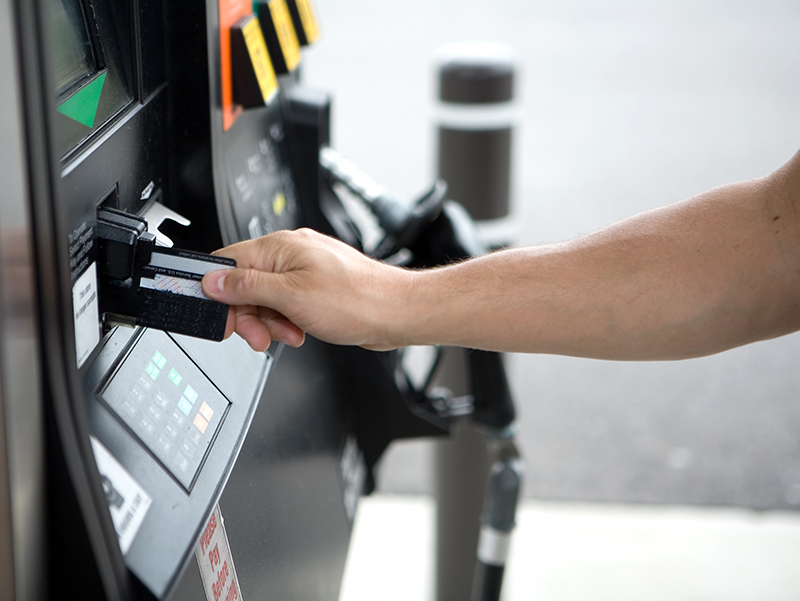Coronavirus and Fuel Procurement

With low demand for gas and cheap crude prices due to COVID-19, the national average for a gallon of regular gasoline has been steadily declining. But on April 30th, that trend reversed course when the national average increased by a penny to $1.77 per gallon. For perspective, the average price was $1.79 per gallon in the third week of April, $2.01 near the end of March compared to $3.12 at the end of April 2019.
As more states lift their stay-at-home orders and businesses begin reopening, gas demand is expected to increase. Consequently, pump prices are likely to slow their decline and continue on an upward trend. Some market observers believe that crude and gas demand may have already reached their lowest point for 2020, and that price increases will continue.
That said, there’s one thing that is certain about gas demand and pricing going forward— nothing is written in stone.
For companies who utilize fleet vehicles, this uncertainty places additional importance on having procurement strategies in place that keep fluctuating fuel prices under control, lower fuel costs, and protect the bottom line. To that end, fuel hedging is one strategy that can help turn fuel market volatility into security as low prices inevitably rise.
How Fuel Hedging Works
Fuel hedging is a contractual tool that helps companies that are sensitive to fuel price volatility reduce their exposure to volatile or rising fuel costs. For some, it may be known as fuel risk management.
Fuel hedging allows companies to fix or cap a fuel price at a certain level for a period of time. This approach can provide advantages, including:
- Reduced vulnerability to price fluctuations
- Improved fuel planning and budgeting
- Improved cash flow
- Insured profit margins
There are all kinds of risk management tools that companies can use for fuel hedging. For commercial fleets, call options, swaps, and futures contracts are the three most widely used tools. Let’s take a look at each.
- Call Options are the least risky hedging tool and provide payouts to a company when prices rise above the cap price. Also called caps or ceilings, a company acquires the cap as a premium, and it functions like an insurance policy, because the premium is all that’s at risk. Companies can also acquire put options, which provide a hedge against declining prices. With a put option, the value grows when prices fall, which is the opposite of a call option where the value grows when prices rise.
- Swaps are the riskiest hedging tool. When prices rise above the fuel swap price, a payout is provided. There’s no premium associated with the swap, but if prices fall below the swap price, the company has to make payments to the underwriter who sold the swap.
- A Futures Contract is an agreement between two parties to buy or sell a specific quantity of a commodity for an agreed-upon price at the time of the transaction — the forward price — with delivery and payment occurring at a specified future date. They are traded on exchanges and settled on the last trading day of each calendar month. Typically, they’re sold in lots of 42,000 gallons per month.
To best decide if hedging would be advantageous for your company, discuss hedging options with a fuel risk management company with a proven track record. Should you decide hedging works for your company, they can develop custom strategies and be on top of emerging tools and products that can lower fuel costs long term.
However, be aware that fuel hedging is neither a “one size fits all” strategy nor one without risk. And it’s not the only option to help lower fuel costs. Rolling out a fuel card program, buying fuel in bulk, initiating a mobile fuel program, and negotiating fuel discounts are all viable methods to reduce fuel costs. But with current fuel prices at such lows, fuel hedging is an option worth exploring.
No risk, no reward.